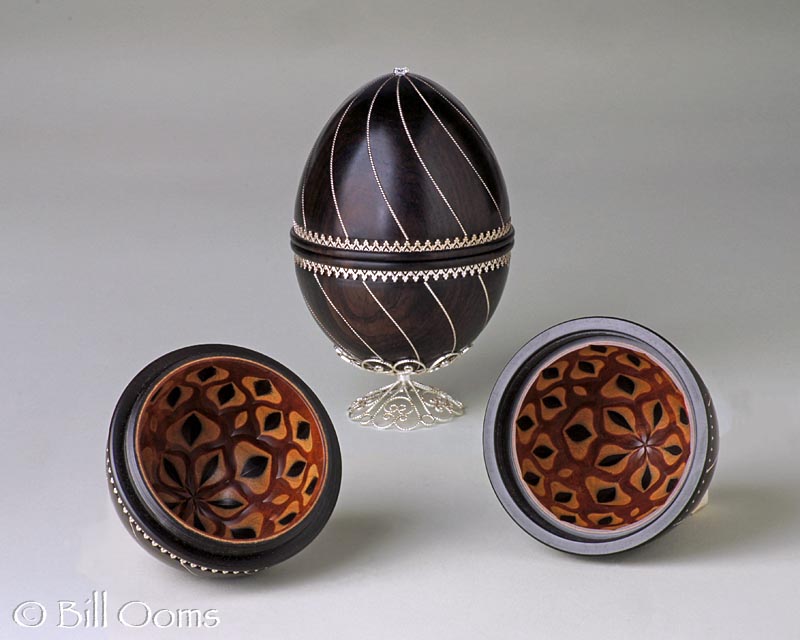Ornamental Turning and Automation
Overview
|
Automation is the technology by which a process or procedure is performed with minimal human assistance. Fundamentals of Modern Manufacturing: Materials, Processes, and Systems by Mikell Groover
|
Automation of cutting movements is one of the defining elements of ornamental turning (OT). It is truly what separates ornamental turning from carving as both OT and carving can be used to achieve a desired shape.
Automated movements include simple activities like using rosettes to drive headstock (or cutter) motion, or such automation can get much more complex like driving a lead screw to move a cutting frame along a curvilinear slide.
Historically, that automation came in a mechanical form.
So, whilst it was more of a mechanical form in the past, it is being done more often by electronic means. Stepper motors are better than variable frequency drive (VFD) motors for certain activities as they can deliver more torque at lower speeds. But stepper motors require more automation controls that VFDs don't.
Once these automation controls have been implemented, they can be used to automate other functions. One I've seen is to add a second stepper motor for the movement of the Cutting Frame about the Y axis, creating a Spherical Slide.
This YouTube video was given by Jon Magill at the 2018 Ornamental Turners International Symposium. It shows Jon's approach to making organic curves with ornamental turning. In it, he has added a bit of automation using stepper motors.
Too much automation?
There are some in the community who say that the use of CNC or any other electronic means is too much. To me, this is similar to the discussion about using hand tools for making furniture. Some (especially those at Colonial Williamsburg) work only with hand tools whilst others have moved to full use of CNC machines for cutting the parts. Most are in the middle somewhere.
My opinion is that we should look at the work of the artist, rather than the means.
You need to make your own decision about how much automation you want to use. My ask is that you do whatever keeps this fun and exciting for you. It should be something you really enjoy doing, not a chore.
|
Disclaimer: eMail comments to me at OTBookOfKnowledge @ Gmail.com. The process of woodturning involves the use of tools, machinery and materials which could cause injury or be a health hazard unless proper precautions are taken, including the wearing of appropriate protective equipment. |


